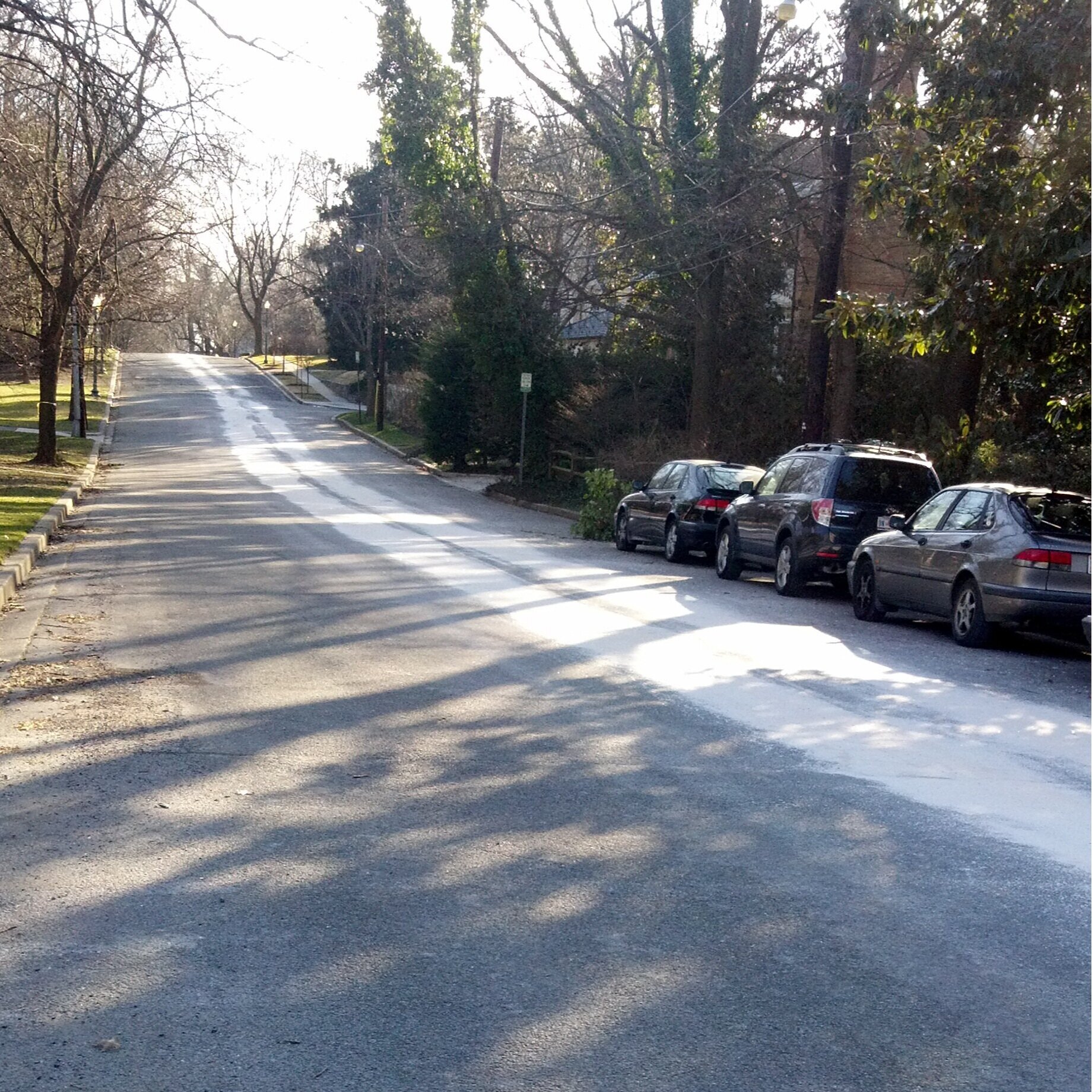All over the snowy regions, scientists are finding that road salt runoff poses an increasing threat to aquatic ecosystems. Although, the salt keeps the roads safer by lowering the melting temperature, there is an environmental cost. When it rains, the salt washes into creeks and rivers and raises the salinity of the water. Fish and other stream life cannot live in the salty water.
The Izaak Walton League has a program for citizen scientists to track the impact of road salts on local streams. We would love to have a tester in the watershed. Please contact Little Falls Watershed Alliance at stormwater@LFWA.org if you are interested.
The Izaak Walton League of America will send you free chloride test strips to take to your stream: one for a baseline reading, one for a reading after salt has been applied, and a couple more for readings after warm weather or storm runoff has washed the salt into the stream. You then upload your results through the Water Reporter app to a map. More information is HERE.
HERE'S an article from the Washington Post that does a good job of describing the issues.
For a lot of good information on what northern states are doing to minimize the effect of road salt, visit the New Hampshire Department of Environmental Services HERE.
And here's some information about how Minnesota DOT is cutting back on salt use.
Who is the Izaac Walton League?
From their website (http://www.iwla.org)
The Izaak Walton League was founded in 1922 to conserve outdoor America for future generations. The League's 54 founders, who were avid anglers, named the organization after Izaak Walton, the 17th century author of The Compleat Angler, a classic book about the art and spirit of fishing. We are one of the earliest conservation organizations to set an aggressive course to defend wild America by changing public policy. Almost every major, successful conservation program that America has in place today can be traced directly to a League activity or initiative.
There are over 240 chapters in local communities nationwide include three in the Montgomery County, MD area.





